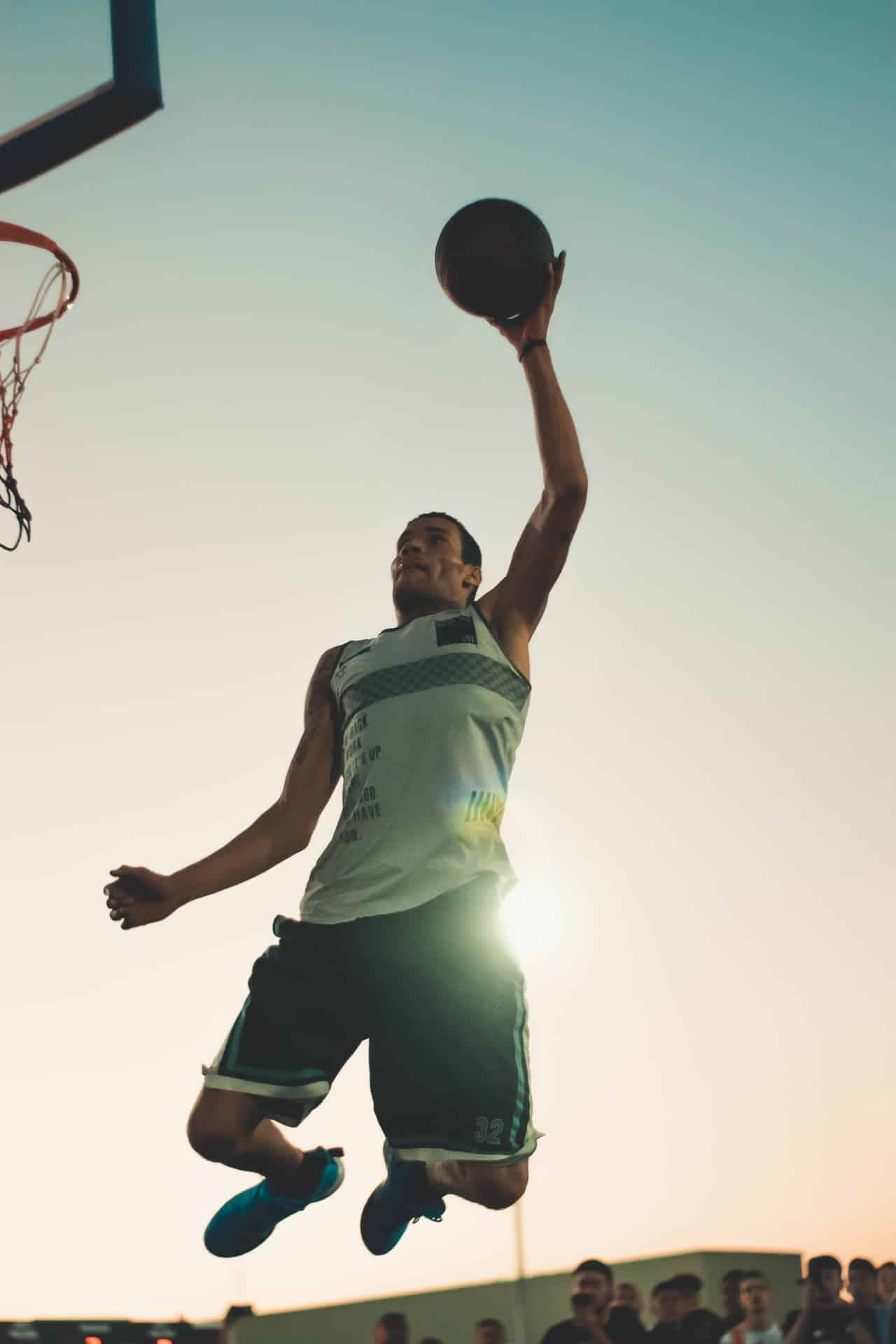For modern Americans, video is such a regular part of our everyday lives that it’s easy to take for granted the ways in which it’s positively impacting different areas of society. From education and medicine to sports and law, video is something that will only continue to grow in prominence. Let’s explore how it’s changing the following four industries for the better.
IMAGE: PIXABAY
Higher Education
According to Intelligent Video Solutions – one of the leaders in the video space – video observation and recording is transforming higher education in profound ways. Whether it’s behavioral sciences education, counseling, law clinics, classrooms, health science simulations, nursing education, psychology, rehabilitation, simulation labs, veterinary medicine, or wellness counselor training, video is changing things for the better.
“At 73 percent of universities, video is used for remote teaching and learning. More than half of higher education institutions are using video as a means to feature remote presenters,” EdTech’s associated editor Meghan Bogardus Cortez writes. “In addition to remote learning, 65 percent of universities are using video for lecture capture”.
The report finds that 38 percent of colleges capture at least 25 percent of their classrooms, and 47 percent want to be able to capture more than half of their classrooms. So far, all the reports suggest that video is improving and driving better student experiences.
It’s helpful for both educators and students. From the faculty perspective, it allows for more effective observation of how students are performing. It also gives administrators the ability to monitor instructor performance. For students, it provides an opportunity to learn in a safe setting.
Healthcare
In addition to being used as a tool for training medical students and doctors, a video has other applications inside hospitals, clinics, and facilities. Here are some examples of ways in which video is currently being used (or can be used):
- Video in emergency waiting rooms can be used to observe patients and identify individuals who have urgent needs that must be addressed right away.
- Video can be used in surgery rooms to provide video recordings for reference and review by hospital administrators and peers.
- Video can be used as a tool for reducing the threat of litigation and lawsuits in cases where the hospital is wrongly accused of doing something dangerous or illegal.
These are just examples of ways in which video recording and observation are used. When you expand video outside of this focal point, there are dozens of other applications – including digital signage, physical therapy instructions, waiting room entertainment, etc.
Sports
Video has always played a significant role in the evolution of professional sports and entertainment. Recently, it’s helped change the way in which viewers consume content – mainly in sports like WWE.
“We’re always looking to see how fans respond to our videos — both by looking at the data and by reading the comments,” says Jayar Donlan, EVP of advanced media at WWE. “We use that information to determine the type of content we’ll create. For example, when we saw people were interested in seeing more from our female superstars, we started creating more of that content. We program our content for our community across platforms, and our fans are part of that creation process.”
Video recordings are also changing the outcomes of actual sports games – including those in football, basketball, soccer, baseball, and tennis. Instant replay has become a staple of the sporting world and allows referees and umpires to review calls and make changes to ensure greater accuracy and maintain integrity.
Law Enforcement
Ever since the famous Rodney King case in the early 1990s, the video has played a dynamic role in criminal investigations and interactions between law enforcement and the public. Today, video is used in a multitude of ways – including:
- Body cams track and record what police officers see in real-time.
- Dashcams in police cars are able to record the interactions law enforcement officers have with suspects, drivers, and other citizens.
- CCTV in public buildings and even residential properties can be used to piece together the whereabouts of suspects or victims after an incident has occurred.
- CCTV at police stations can record interrogations to be used in investigations.
Video has the ability to put away guilty criminals, free innocent individuals, protect the general public, and prevent law enforcement officers from being unjustly accused of breaking rules. It benefits everyone except the guilty.
The Maturation Of Video Observation And Recording
We’ve only begun to experience the potential of video observation and recording in these industries. As technology improves and more people gain the experience needed to take similar processes and systems to other industries, we’ll start to see significant expansion into other industries. Manufacturing, retail, finance, and construction all seem like natural fits. We’re in the middle of an exciting time in the growth and development of the video. Don’t lose sight of these trends!
If you are interested in even more technology-related articles and information from us here at Bit Rebels, then we have a lot to choose from.


COMMENTS